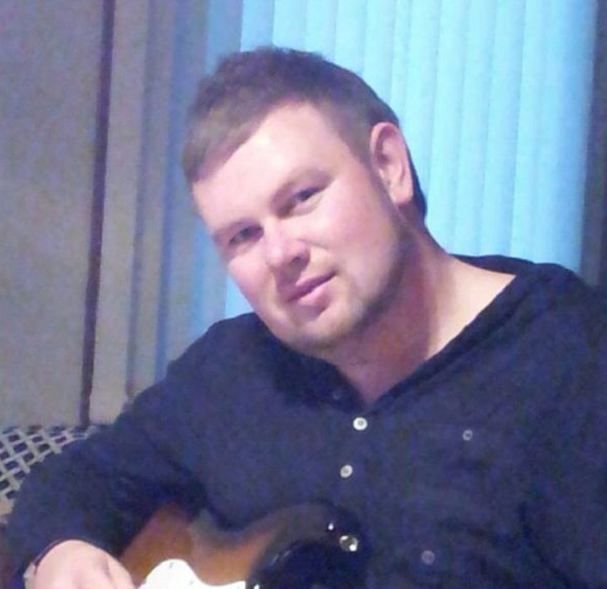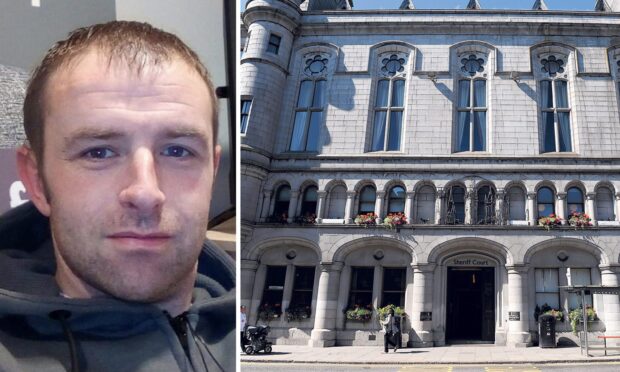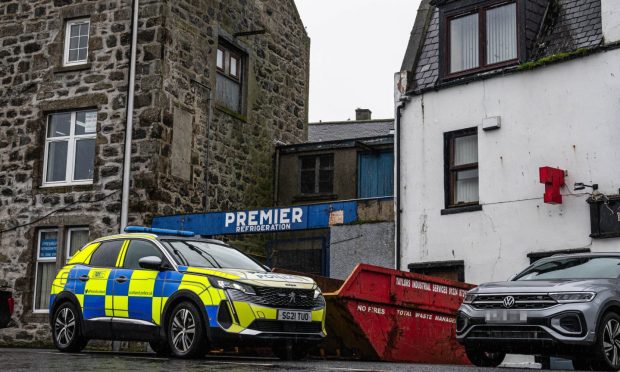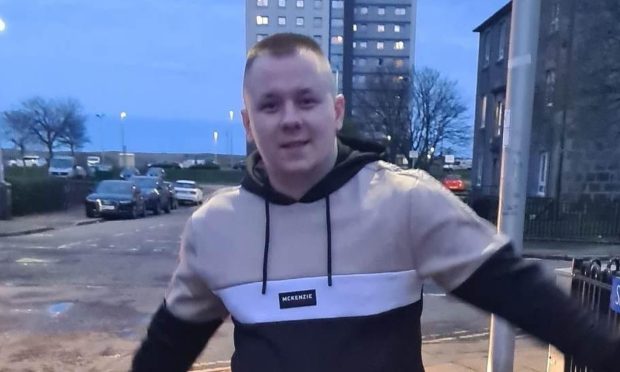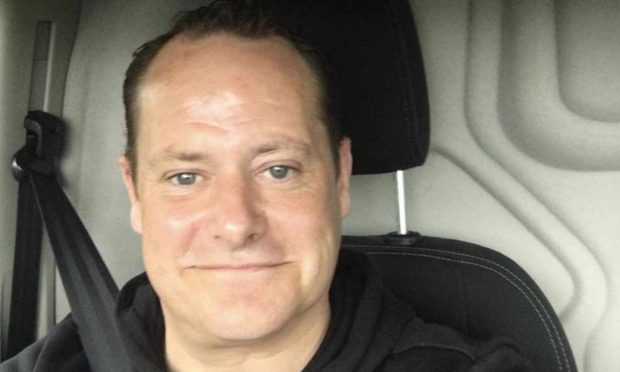A murder trial has heard there is no way to “definitively” tell how a north-east dad died because of the amount of cocaine found in his system.
Forensic pathologist Dr Marjorie Turner said that in her opinion she could not rule out that Craig Grant’s death might have been caused by an irregular heart beat brought on by his use of the Class A drug.
The pathologist was giving evidence at the High Court in Aberdeen during the trial of 23-year-old Jonas Marcius.
Marcius, of 16 Merkland Road, Aberdeen, is accused of murdering Mr Grant outside Tonik on the city’s Bon Accord Street between August 8 and 9.
He is alleged to have killed him by seizing him by the neck and forcing him to the ground before placing him in a choke hold and compressing his neck.
He denies the charge and his counsel, Mark Stewart QC, has lodged a special defence of self defence.
The court previously heard evidence from leading forensic pathologist professor James Grieve who said that the most likely cause of Mr Grant’s death was “asphyxia due to external compression of the neck”.
Prof Grieve said that when he carried out the post-mortem examination on the 26-year-old he was found to have a swollen or puffy face, which was particularly apparent on the upper eyelids.
Mr Grant was also found to be purply-blue in colour and had petechial haemorrhages on his eyes and under his eyelids – classic signs of suffering from lack of oxygen to the brain.
He was also found to have a bruise on the side of his neck.
Prof Grieve said that there was a “remote possibility” that he may have died as a result of the mix of drugs and alcohol in his system but said: “We are of the opinion that this man died in consequence of mechanical asphyxia.
“That this victim has died as a result of a lack of oxygen to his brain and we are content, that given what we have discovered at post-mortem examination, the lack of any other cause, the presence of injury to the neck and the signs of asphyxia that there has been mechanical compression of the neck.”
But yesterday Dr Turner said that she felt there were two potential causes of death. She said that the level of cocaine found in Mr Grant’s system during the examination could have caused a cardiac arrhythmia.
She said: “There is no way that you can definitively tell that this man died from mechanical asphyxiation of the neck when you have two potential causes.”
The trial before Lady Wolfe continues.
